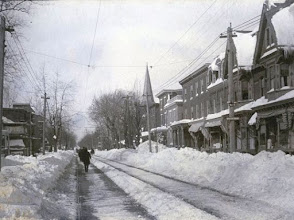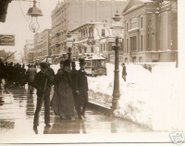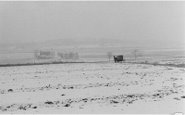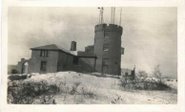Winter '18 / '19 - November/s AO Predicts The State Of Winter/s AO
NOV/s Arctic Oscillation (AO) Index: -1.116
Conventional meteorological wisdom holds the state of winter/s AO is next to impossible to forecast.
Some use analogs. The analog forecasting methods seeks similarities between the AO state in the run-up to the coming winter with AO run-up states of winters past. The NEWxSFC method ranks analog years by their sum of square errors (SSE) statistic.
Lower SSE errors ==> stronger analog
Constraining the number of analog winters for analysis to five is arbitrary.
See this year's analogs below.
An alternative forecasting technique looks at the AO/s 'sign' (i.e., positive or negative) for any calendar-year's month preceding the pending winter as a potential leading indicator of the AO/s sign for upcoming D-J-F period.
Results from a chi-square 'test for independence' infers a statistically significant relationship ... at the 95% confidence level and a p-value < 0.05 ... between NOV/s AO sign and AO/s sign of the upcoming D-J-F period.
IOW ... if NOV/s AO is negative (positive) ... then the average AO state during the upcoming winter will also be negative (positive); although the classification model is stronger ... i.e., lower false alarm rate ... for the predictor's month with negative signs than positive.
True + ==> prediction is True
False + ==> prediction is False
Given NOV-18/s negative AO ... the 2x2 contingency table predicts a 73% likelihood (27/37) the three-month average AO (D-J-F) will also be negative this winter. The results says nothing about the magnitude of the winter/s AO or which months will be negative ... only the sign of its average.
During a +ENSO ... this bodes well for a colder than average winter over southern portions and snowier than average winter over just about everywhere across the NEWxSFC forecast area.





































